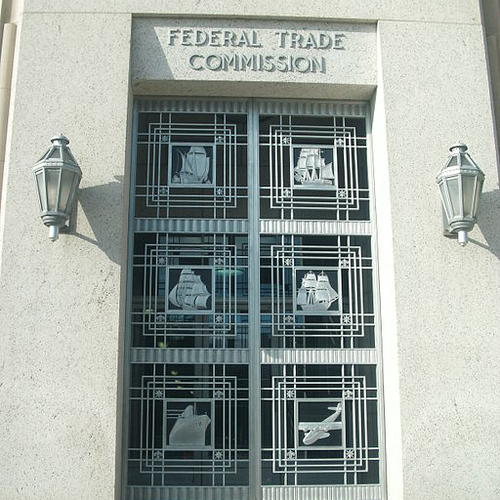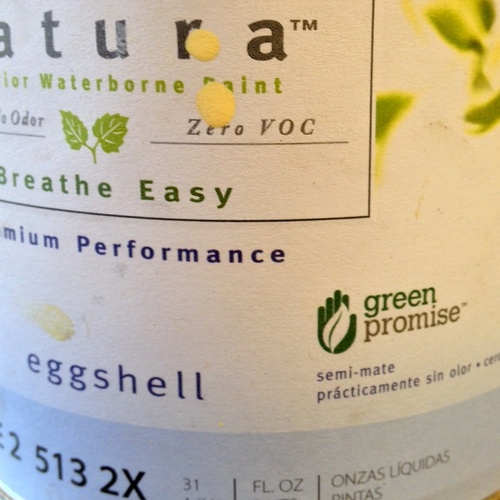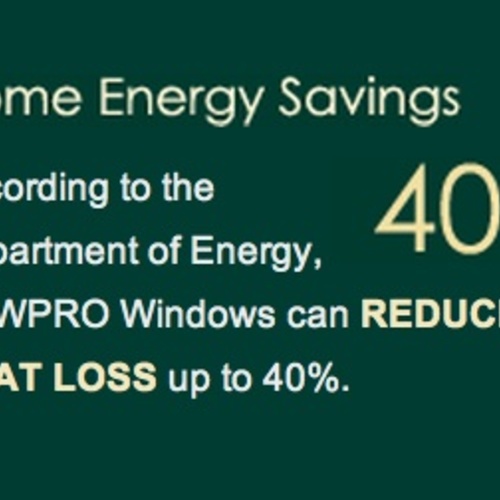
What types of greenwashing are illegal? Of all the tasks the Federal Trade Commission might undertake to assure at least some level of accuracy in product marketing, taming misleading claims about product greenness has to be one of the toughest.
Back in 1992, the FTC took its first stab at the challenge with the premiere edition of its “Guides for the Use of Environmental Marketing Claims,” otherwise known as the Green Guides. Revisions to the Guides were made in 1996 and 1998. They were honest attempts to reign in the misleading elements of an emerging marketing trend. And yet the squirrelliness of product claims since then seems to have increased right along with consumers’ general awareness that green is good and marketers’ tendency to see green virtue where, even when looking through a bookkeeper’s green eyeshade, there is none.
Improving on essential concepts
So another Green Guide revision seemed in order. On Wednesday, the FTC announced proposed revisions to the Green Guide that are intended to contemporize the rules while pursuing the original document’s three main objectives: identify general principles that apply to all environmental marketing claims; provide guidance on how consumers are likely to interpret particular claims and how marketers can substantiate those claims; and provide guidance on how marketers can qualify their claims to avoid deceiving consumers. The proposed Green Guides updates, the FTC said, were developed using information collected from three public workshops, public comments, and a study of how consumers understand certain environmental claims.
The agency added that it will accept further comments on the proposed updates through December 10. The FTC’s chairman, Jon Leibowitz, as noted in a New York Times story about the announcement, said that the rules could go into effect by the middle of next year.
Addressing broad claims, verifiability, and “eco-friendly”
Several marketing trends stand out as targets of the FTC initiative, including general claims that a product is “environmentally friendly” or “eco-friendly”; the use of certifications or seals of approval unqualified or unauthorized by legitimate third-party raters; claims lacking verifiable data to show a product is degradable, compostable, or “free of” a particular substance; and claims about the use of “renewable materials” and “renewable energy” that lack specific information about the materials and energy used. In addition, the FTC said, marketers should not make unqualified renewable-energy claims if the power used to manufacture any part of the product was derived from fossil fuels.
Given the surge of interest in green products over the past five years, skirmishes between perception and reality in this area of marketing likely will continue long after the new rules go into effect. Confusion won’t suddenly evaporate, especially if proper explanations of a product’s greenness are too arcane for most consumers to understand. But, Leibowitz noted in the Times story, he expects most businesses to comply. “For those companies that don’t, that fall on the wrong side of the final Green Guides,” he said, “we’re going to go after them.”
Weekly Newsletter
Get building science and energy efficiency advice, plus special offers, in your inbox.















0 Comments
Log in or create an account to post a comment.
Sign up Log in